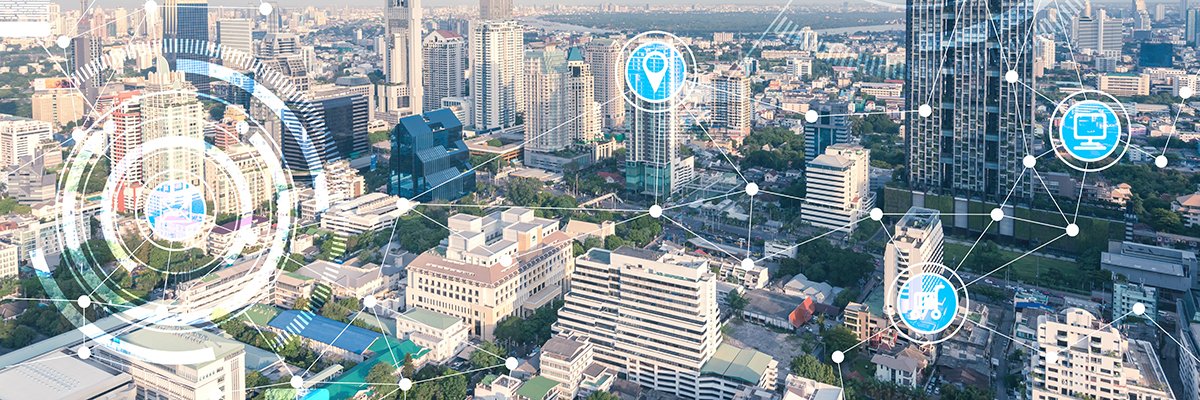
Transforming buildings to be smart and sustainableTo meet greenhouse gas reduction targets and regulatory requirements, companies must transform facilities into energy-efficient smart buildings, and IoT platforms can help.
With a well-designed IoT platform, companies turn legacy buildings into smart buildings, allowing data from commercial, industrial, enterprise and individual devices to come together in the cloud.
The result is a network of interconnected devices that deliver data and provide insights to address critical business issues related to operational efficiency and sustainability.
Currently, buildings are responsible for 40% of global energy consumption and 33% of greenhouse gas emissions, according to the World Economic Forum. Companies must transform facilities into energy-efficient smart buildings to meet greenhouse gas reduction targets and regulatory requirements.
A smart building gathers operational data from a network of equipment and sensors. The building owner can continuously run analytics against the data to identify opportunities to improve building operations and the environment for occupants. This infrastructure helps owners and operators improve asset reliability and performance while also decreasing costs. The approach reduces energy use, optimizes how space is used and minimizes the environmental impact of buildings.
https://www.civilengineering.ai/transforming-buildings-to-be-smart-and-sustainable/

Post a Comment